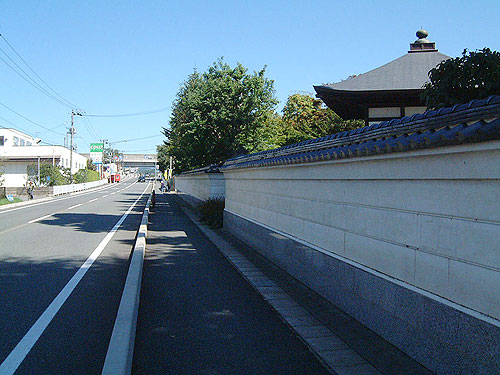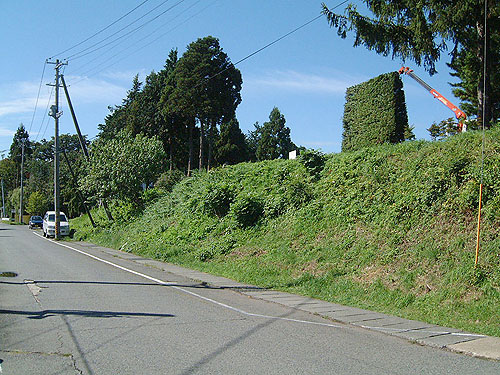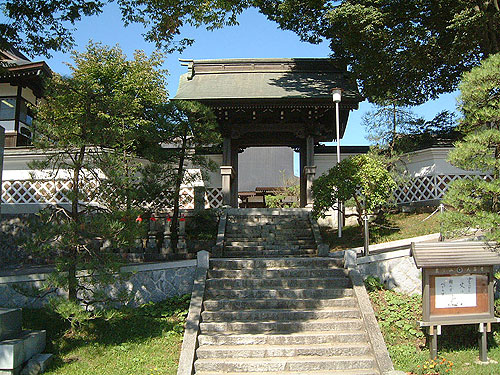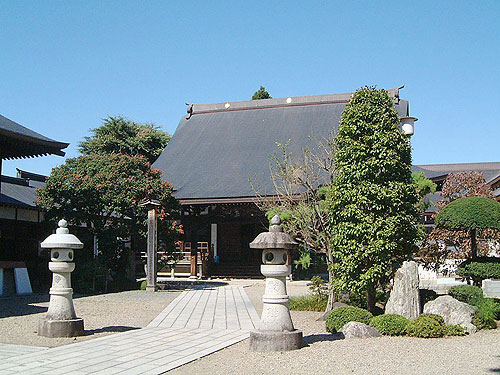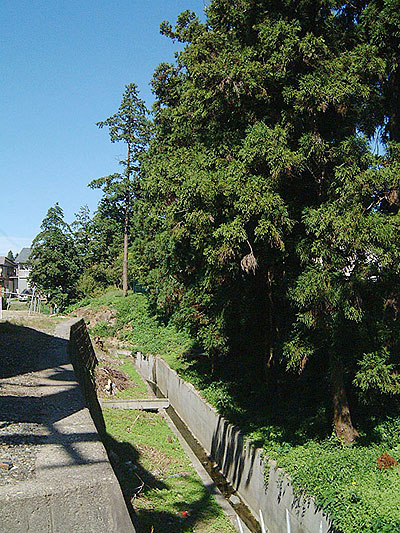place
Abekancho, Morioka City Tenshoji Town, Morioka City
Current name
Abekan ruins Satekan ruins
Terrain and remains
■ Abekan Ruins Located on the edge of a river terrace with the Kitakami River at the eastern end, it has a specific height difference of more than 15 meters from the river, and has a narrow north-south terrain with the Sushikogawa River flowing west. Around 4 ku and a part of the moat trace are confirmed around the ku which is said to be the main circle that surrounds the Nikitagawa Hachimangu Shrine. Guo is centered on the Honmaru (110 meters east-west, 80 meters north-south), followed by the middle hall and the south hall to the south, and the north hall, outer hall, and smell hall to the north. The moat is 10-20 meters wide and 1-8 meters deep. Ruins of excavated pillars have been found in Guo.
■ Satokan archeological site It is about 1 km northwest of the Abekan archeological site. Although the extent of the archeological site is not clear, it is considered to be 600 meters east-west and 200-300 meters north-south. The relative height difference from the old river channel is about 5 meters. The remains of the moat pillar building, the remains of the moat and the tower are left. Excavated ceramics and old coins are considered to be castle ruins of the 15th and 16th centuries.
From the Edo to the Meiji era, the Abekan ruins were considered to be a kitchen fence, but since Taisho era, a wide area including Abekan and Satokan has been regarded as a kitchen fence or a kimono fence. . The surviving archeological site is the residence of Mr. Kudo who ruled this land until the Azuchi-Momoyama period in the Kamakura period. In the early 15th century, there was a medieval kitchen river castle, which was abolished in Tensho 20 (1592). It is considered to be the remains of Shimokitagawa Village in the early modern era since the enacted Nichukawakan and Castle Building were destroyed. Although it is a hypothetical site of Mr. Abe's ancient kitchen river fence, no remains that indicate this have been confirmed.
history
The kitchen river fence is the last base of the Abe clan who was destroyed in the previous nine years , the northernmost point in Abe's sphere of influence. ). It was Mr. Abe's two major bases along with Kinukawakan in the south. In September 1062, Kouhei fence was besieged by the Allied Forces of Genji and Kiyohara, and after a fierce battle, the castle, Sadato and Shigeto were captured, executed, and reigned. ), The servants (Noito) and Norito surrendered, and the son-in-law's son-in-law, Fujiwara Tsunekiyo (Kiyohira, father) was deliberately beheaded with an inseparable sword. Despite suffering, the Abe clan was destroyed. The Mutsu Storybook says, "Thousands of men and women in the castle," indicating that the castle was quite large. After Mr. Abe's death, Okuroku-gun was under the control of Mr. Kiyohara of Dewa, but it is unknown how the kitchen fence was used during that time.
traffic
About 10 minutes by car from Morioka Station

